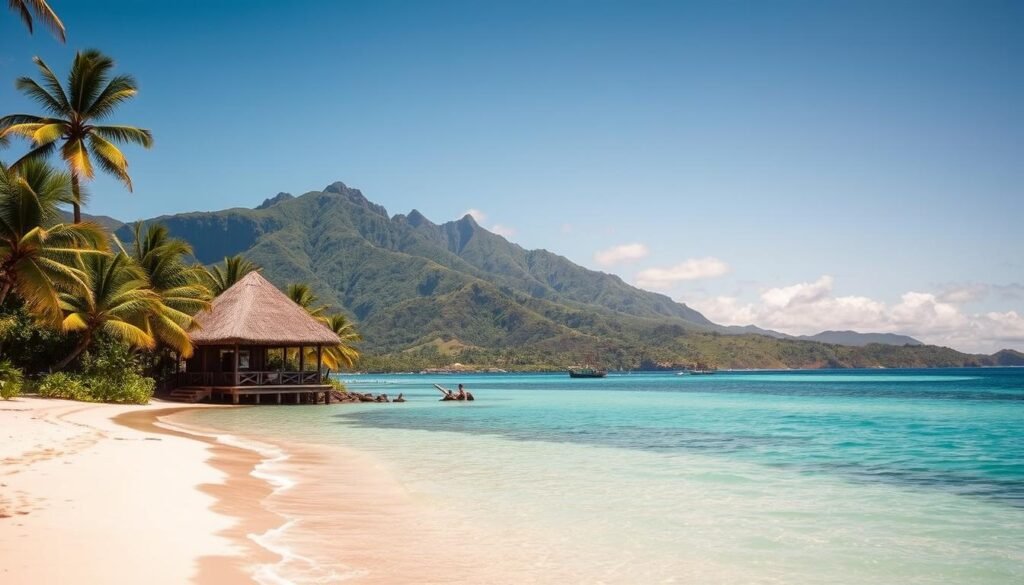Surprising fact: more than half of travelers pick June–September for sunny days and island festivals, which makes those months crowded and costly.
I write this guide from firsthand planning and research so you can pick the right month, islands, and experiences for your budget and style. I explain how the dry season—June through September—brings cooler, breezy days around 68–86°F (20–30°C), while November–April holds warmer, wetter weather and a higher cyclone risk.
May and October often strike the perfect balance: fewer crowds, stable conditions, and lower prices on flights and rooms. I also note island differences: Nadi usually sees more sun than Suva, and manta rays gather May–October in the Yasawas.
What you’ll get here: a clear roadmap for when the year peaks for festivals, surf, and wildlife, plus practical booking tips so you have the best chance of good weather and savings.
Key Takeaways
- Dry season (June–September) = sunny days, higher prices, peak crowds.
- May and October are ideal shoulder months for value and stable weather.
- November–April brings lush landscapes but higher cyclone risk and showers.
- Nadi is sunnier than Suva; pick islands by weather preferences and activities.
- Book flights in February for savings; expect hotel peaks in July–August and around Christmas.
My quick answer on the best time to visit Fiji
Summary: I’ve mapped seasonal patterns and crowds so you can pick months that match your weather and budget goals.
Best overall month
May for sunny skies, fewer crowds, and value
May sits just before peak season. Humidity drops and temperatures climb into the 80s°F (about 20–30°C). You get clearer skies, good water visibility, and lower accommodation and airfare than summer peaks.
Best overall season
June–September: the dry season
This season brings the driest stretch and cooler evenings. Ocean clarity is excellent and Cloudbreak serves up reliable surf. Note that July–August overlap with Australian and New Zealand school holidays, which pushes prices and fills resort availability.
- I recommend May for a strong blend of sunshine, comfort, and value.
- June–September gives your best chance for ocean adventures and steady weather.
- Airfare and accommodation often peak June–September and again in December; May and October usually keep costs lower.
| When | Weather & ocean | Price & crowds |
|---|---|---|
| May | Warm, lower humidity, great visibility | Lower prices, fewer crowds |
| June–September | Dry season, cool evenings, top ocean clarity | Higher prices, busy in July–August (school holidays) |
| February | Wet season risk, warmer water | Cheapest airfare but more showers |
Fiji seasons explained: Dry vs wet, temperature, and rainfall
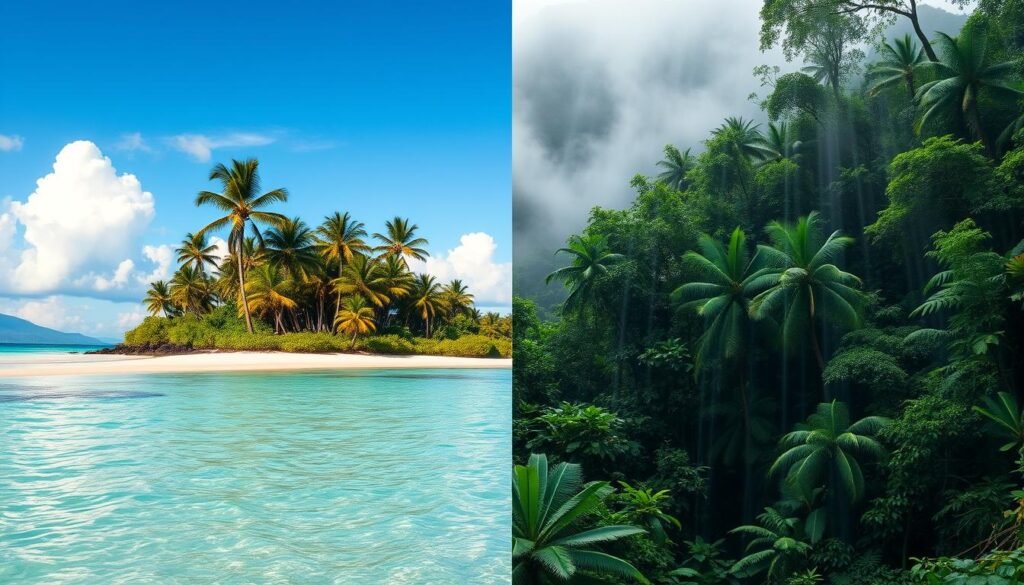
I lay out how the island year splits between cooler, breezy months and hot, humid stretches with heavy showers.
Dry season (May–October)
The dry season runs roughly May through October. Trade winds lower humidity and bring cooler evenings. Daytime temperatures hover near 68–86°F (20–30°C), which makes outdoor activities comfortable.
Rainfall is lower, so water clarity improves for snorkeling and diving. I find hiking trails drier and more predictable during these months.
Wet season (November–April)
The wet season covers November through April. Mornings can be beautiful, then short, intense downpours often sweep through in the middle of the day.
Humidity and temperatures rise, and the landscape becomes vividly green. Keep in mind that cyclone season overlaps this span, so flexibility helps.
What cyclone season really means
Cyclone risk peaks in January–February, but many days are still pleasant. March is the wettest month on the west coast of Viti Levu; Nadi averages about 324mm (12.7in) that month.
On smaller islands, storms often pass quickly, leaving glassy water windows ideal for a sudden snorkel.
- Dry season: cooler, less rainfall, steady trade winds — great for water visibility.
- Wet season: hotter, sticky humidity, dramatic showers, lush scenery.
- Pack light rain gear, reef-safe sunscreen, and breathable fabrics year-round.
| Season | Months | Typical conditions |
|---|---|---|
| Dry season | May–October | Cooler evenings, lower rainfall, trade winds, clear water |
| Wet season | November–April | Hotter, higher humidity, short heavy showers, lush landscapes |
| Cyclone peak | January–February | Higher storm risk; watch forecasts and allow flexible days |
For deeper planning on which months suit activities and budgets, check my monthly breakdown and this practical guide from Lonely Planet.
Month-by-month timing guide for weather, prices, and crowds
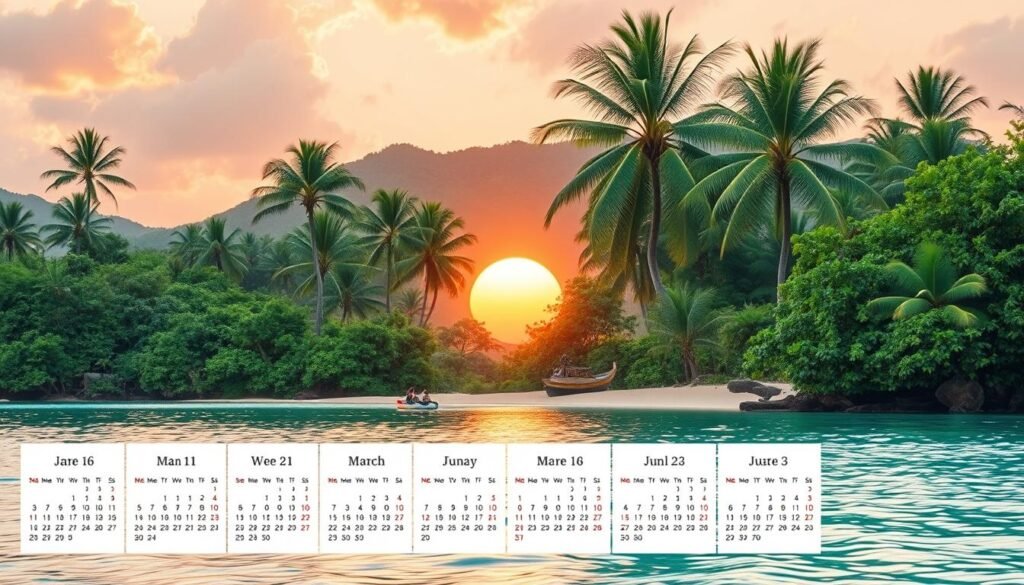
This quick rundown breaks the year into clear windows so you can match months with activities, budgets, and comfort.
May–October: peak travel period, top visibility, higher costs
May and October act as shoulder months with pleasant weather and lighter crowds. I find May often gives bright stretches and strong value before peak prices hit.
June–September brings the driest conditions and the best underwater clarity. Expect the busiest crowds and higher accommodation pricing, especially in July and August.
November–April: wet season value and warmer water
November–April rewards value-seekers with lower prices outside holiday spikes. Mornings are often sunny, with short, heavy afternoon showers that clear quickly.
January–February run hottest and mark the cyclone peak; I recommend flexible plans and travel insurance during this window.You can learn more about best-countries-to-visit
Key callouts
- March is the rainfall standout on the west coast (Nadi averages about 324mm).
- Manta season and top clarity favor May–October for divers and snorkelers.
- Airfare usually peaks June–September and December; February often has the cheapest fares.
| Period | Typical conditions | Planning note |
|---|---|---|
| May / October | Pleasant temps, fewer crowds | Good balance of value and weather |
| June–September | Dry, cool evenings, clear water | Book early; prices climb |
| November–April | Warmer water, mixed showers | Lower prices, watch cyclone alerts |
Bottom line: I usually pick May or October for the best mix of weather, value, and lighter crowds; choose June–September for consistent ocean action, or November–April if you want lower rates and warmer water.
Events and cultural experiences that shape the time you visit
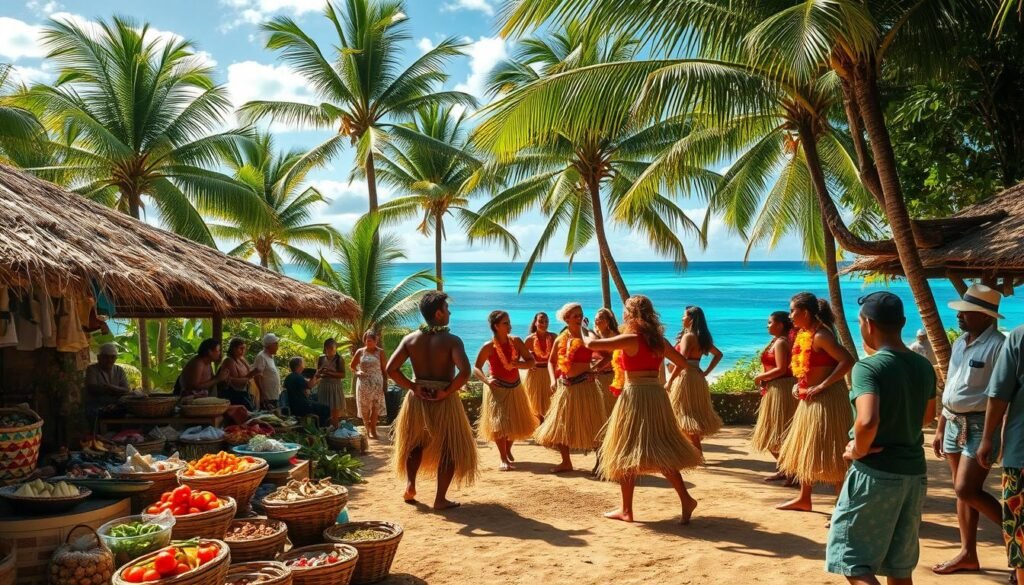
Cultural calendars give each month a unique rhythm across the islands. Festivals, national holidays, and music events often decide how busy a place feels and what memories you bring home.
October highlights: Fiji Day, Diwali, and beachside music festivals
I love October for Fiji Day feasts, Diwali lanterns and fireworks, and big beach concerts at Uprising Beach Resort. The season is pleasant, and local culture is on full display.You can learn more about best-places-to-visit-in-italy
March–April: Holi color splashes and Easter hymns
March fills city streets with Holi’s color throws. Late March into early April brings Easter services and soaring hymns that feel very moving on the islands.
August: Suva’s Hibiscus Festival energy
If you want city buzz, spend a couple of days in Suva during Hibiscus Festival. Parades, concerts, and food stalls make for lively experiences and great photos.
December–New Year: holiday buzz and first-in-the-world celebrations
December fills markets and concerts across the islands. New Year’s Eve is special — Fiji is among the first in the world to celebrate, and Taveuni’s date-line lore adds charm.
- Booking tip: Diwali’s exact date shifts each year, so check the calendar before you lock flights.
- Family note: July–August aligns with the school calendar and can push prices up.
- Plan smart: I build festival days with flexible buffers and pair them with reef trips for balance.
| Event | When | Where | Planning note |
|---|---|---|---|
| Fiji Day | October | Nationwide | Feasts and traditional dances; book nearby stays early |
| Diwali | Late Oct / Nov (varies by date) | Major towns, beach venues | Check exact date; fireworks and lanterns after dark |
| Hibiscus Festival | August | Suva | Parades and concerts; expect crowds and higher rates |
| New Year’s Eve | Dec 31 | Islands & towns | First-in-the-world vibe; markets and concerts across islands |
Activities by season: Diving, surfing, sailing, hiking, and beach time
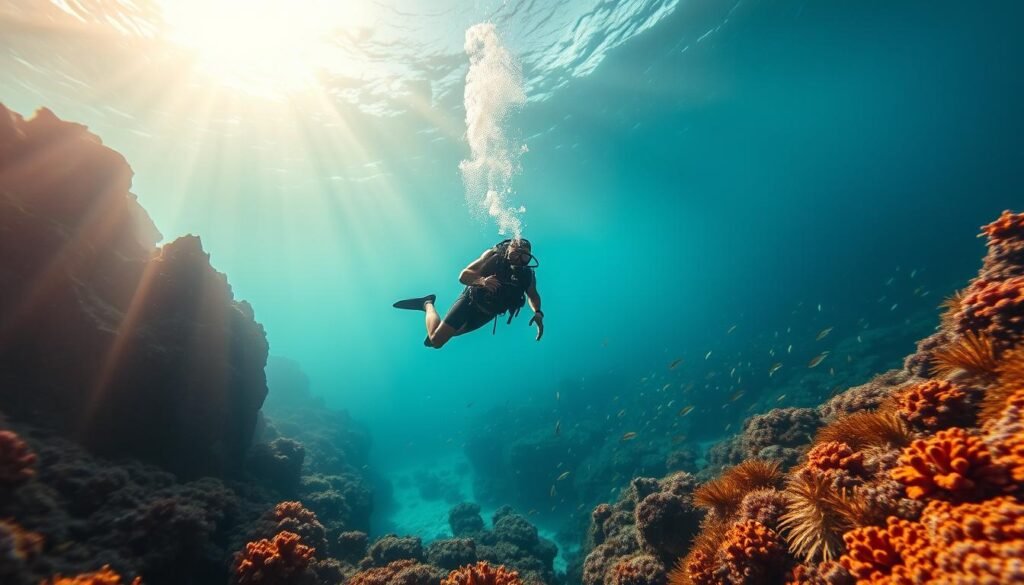
From reef passes to ridge walks, each season hands you a different set of adventure options. I line up activities by what the islands do best in each season so you can plan clear-water days and lush inland hikes.
Diving and snorkeling
May–October delivers the clearest water and regular manta sightings in the Yasawas and around the Great Astrolabe Reef. Vanua Levu and Taveuni also offer top visibility in these months.
Surfing Cloudbreak and beyond
Cloudbreak builds from April and peaks June–September. If you chase heavy swells, plan for boat-access logistics and strong reef breaks.
Sailing and regattas
September brings steady sea breezes and the buzz of Regatta Week. It’s ideal for island hopping, day sails, and shore-side spectating.You can learn more about best-time-to-visit-glacier-national-park
Hiking and waterfalls
Wet months make trails emerald and waterfalls loud—Bouma on Taveuni is spectacular then. I start hikes early to avoid afternoon showers.
Dry-season treks feel cooler and drier, which helps with ridge views and village visits on Viti Levu.
- Balance active days with pure beach time on leeward Mamanuca and Yasawa shores.
- Protect reefs: use reef-safe sunscreen and follow operator briefings.
- Mix bases: Cloudbreak via Tavarua, manta trips from Yasawa resorts, and hikes out of Taveuni minimize transfers.
| Activity | Peak season | Planning note |
|---|---|---|
| Diving / snorkeling | May–October | Strong visibility; manta ray passes; book guided reef trips |
| Surfing | April, June–September | Powerful reef breaks; boat access often required |
| Sailing / regattas | September | Steady breezes; Fiji Regatta Week draws crowds and sails |
| Hiking / waterfalls | Wet season and dry season | Wet months for lush falls; dry months for comfortable ridge walks |
If you want a do-it-all week, cluster dives or surf days during the dry stretch and leave a flex day for sailing or a waterfall hike. For more detailed planning, see my practical planning guide here.
Where to go by time of year: Viti Levu, Yasawa, Mamanuca, Vanua Levu, Taveuni
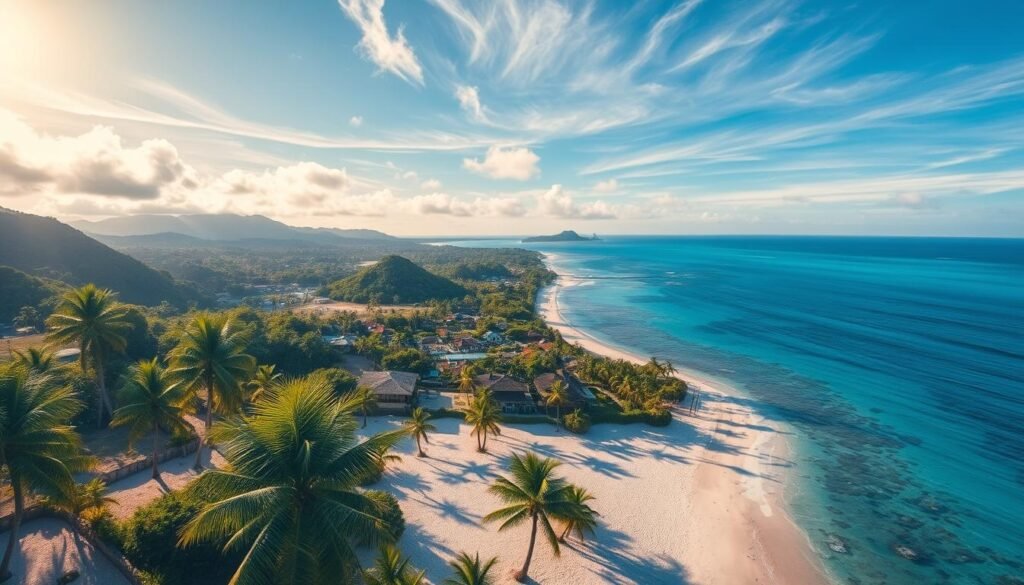
I map island choices by month so you can pick sunny shores, calm lagoons, or rainforest hikes with confidence.
Viti Levu splits its mood. The west coast around Nadi and Denarau sees more sun and easy transfers. I base myself there for quick starts and fewer wet-day surprises.
Suva on the east gets frequent showers. Pack a light rain jacket and plan indoor cultural stops when the weather shifts.
Yasawa and Mamanuca islands
The Mamanucas deliver short hops to postcard beaches and family-friendly lagoons. The Yasawas feel wilder and quieter.
Manta rays appear May–October in channels around the Yasawas, so I schedule dives or snorkels early in the day for calm water and sightings.
Vanua Levu and Taveuni
For diving I favor Vanua Levu and Taveuni during the dry months when reef visibility improves. When rains return, Bouma’s waterfalls light up and hikes get emerald.
- I book smaller, reef-savvy resorts and leeward beaches for calmer entries.
- To reduce transit fatigue, I pair Denarau overnights with early boat transfers.
- Keep afternoons flexible—trade winds can pick up even in dry months.
| Area | Why go | Planning note |
|---|---|---|
| Viti Levu (Nadi/Denarau) | Sunny days, easy transfers | Good base for first/last nights |
| Suva | Culture, wetter microclimate | Bring a light rain jacket |
| Mamanuca | Quick beach hops, family lagoons | Short boat from Denarau |
| Yasawa | Quiet beaches, manta channels | Best for unplugged island arcs |
| Vanua Levu / Taveuni | Top reef visibility, lush hikes | Plan for dry-season diving; hikes peak after rains |
For practical planning and ferry schedules, see this travel guide.
The best time to visit Fiji for value, flights, and accommodation
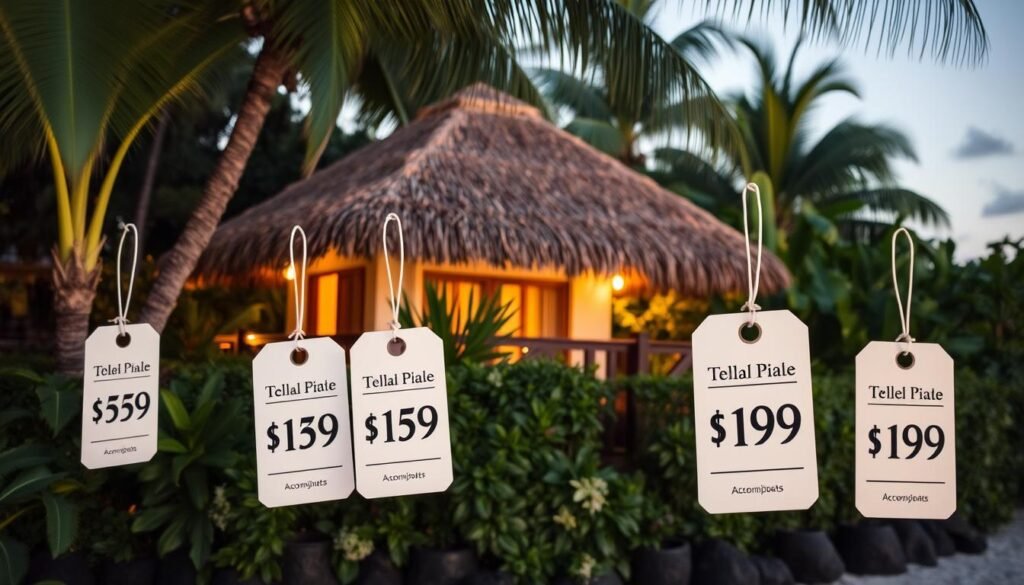
I watch price trends across the year so you can plan travel around low fares and solid deals without sacrificing good weather. I track when tickets dip and when resort packages add real value.
Cheapest flights: February steals, watch December holiday spikes
Flights often hit their lowest averages in February; I scan sales and set fare alerts then. Expect the highest fares June–September and a sharp spike around December holiday windows.
Accommodation patterns: Wet-season deals, peak in July-August
Accommodation rates crest in July–August as Australian and New Zealand school holidays fill popular resorts and room blocks. Outside the Christmas–New Year crunch, many properties drop rates in the wet season and offer meal plans or credits.
Beating the rush: Shoulder months in May and October
May and October are my go-to months for lower prices and fewer crowds. They balance good weather with better availability across islands like Denarau, Mamanuca, and the Yasawa chain.
- I watch February for cheap fares and avoid last-minute booking in peak months.
- I book accommodation early for school holidays or split stays to widen options.
- If you can be flexible, midweek departures and alternate gateways (LAX, SFO) often cut total trip costs.
Pro tip: match your priorities—divers chase late dry-season clarity, families lock rooms well ahead during school breaks, and budget travelers lean into shoulder weeks for the best overall value when they visit fiji.
Conclusion
My bottom line: pick months that match what you want most — clear water and diving, surf and sailing, or green rainforest hikes and quiet beaches.
May often balances weather and value, June–September favours dry-season clarity, and November–April brings warm water and lush landscapes.
I factor island microclimates: sunnier west on Viti Levu, the Yasawas for manta passes, and the Mamanucas for easy lagoon days. For budgets, flights dip in February while rates peak midyear and at December holidays.
Use this guide as a quick checklist: pick your month, choose islands that fit your plans, lock flights early for peaks, and leave a flex day for surprises. When you time your trip right, these South Pacific islands reward you with warm water, vivid reefs, and lasting memories.


